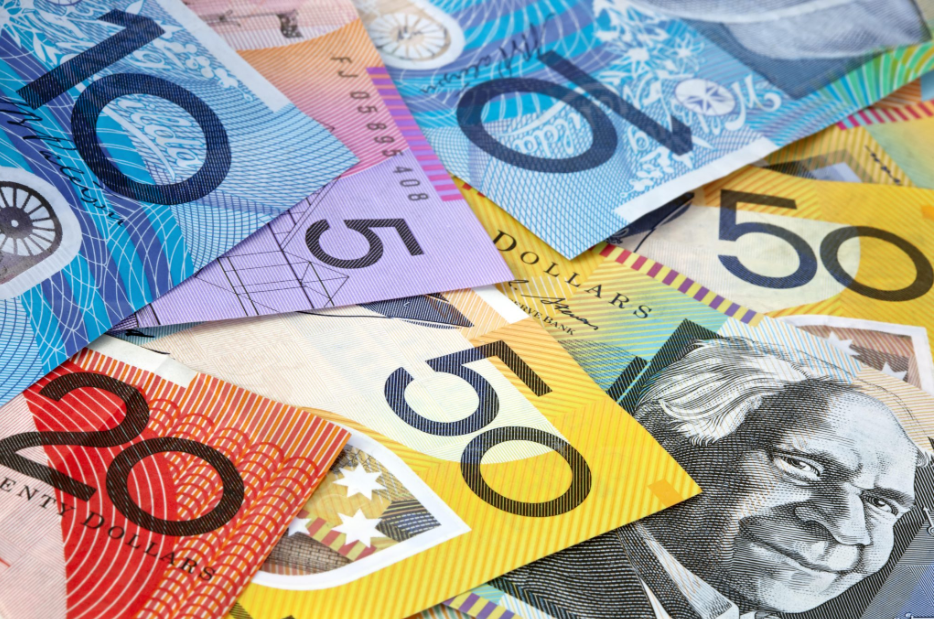The Australian Dollar weakened slightly in the wake of a disappointing round of key Chinese economic figures. Industrial production rose just 2.2% y/y in November versus the 3.5% estimate. This represents a slowdown from 5.0% in October.
Meanwhile, retail sales shrank 5.9% y/y for the same period, much worse than the -4.0% consensus. This also represents an acceleration from the -0.5% slump in October. This is as the surveyed jobless rate climbed to 5.7% versus the 5.6% estimate, rising from 5.5% prior.
China is Australia’s largest trading partner. As such, economic outcomes in the former often imply knock-on impacts for the latter. In this case, a slowing China could hurt Australia’s output down the road, perhaps inspiring the Reserve Bank of Australia to adjust its policy course.
Moreover, China is an outward-facing economy that remains vulnerable in the wake of slowing global growth triggered by the fastest tightening by central banks in decades. That might offset some of the anticipated boosts to Covid restrictions being eased in recent weeks.
Now, the sentiment-linked Australian Dollar awaits the European Central Bank and Bank of England December interest rate announcements. All eyes are on the ECB’s approach to quantitative tightening and economic updates from the BoE. The risk of volatility after the Fed is not quite over yet.


This Post Has 3 Comments
Hey! Do you know if they make any plugins to help with SEO?
I’m trying to get my website to rank for some targeted keywords but I’m
not seeing very good success. If you know
of any please share. Cheers! I saw similar article here: Backlink Building
Thanks for sharing. I read many of your blog posts, cool, your blog is very good.
Wow, marvelous weblog format! How long have you been blogging for?
you make running a blog glance easy. The overall look of your web site is fantastic, let
alone the content! You can see similar here najlepszy sklep